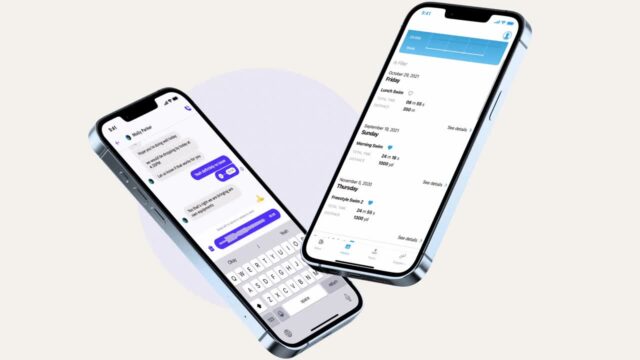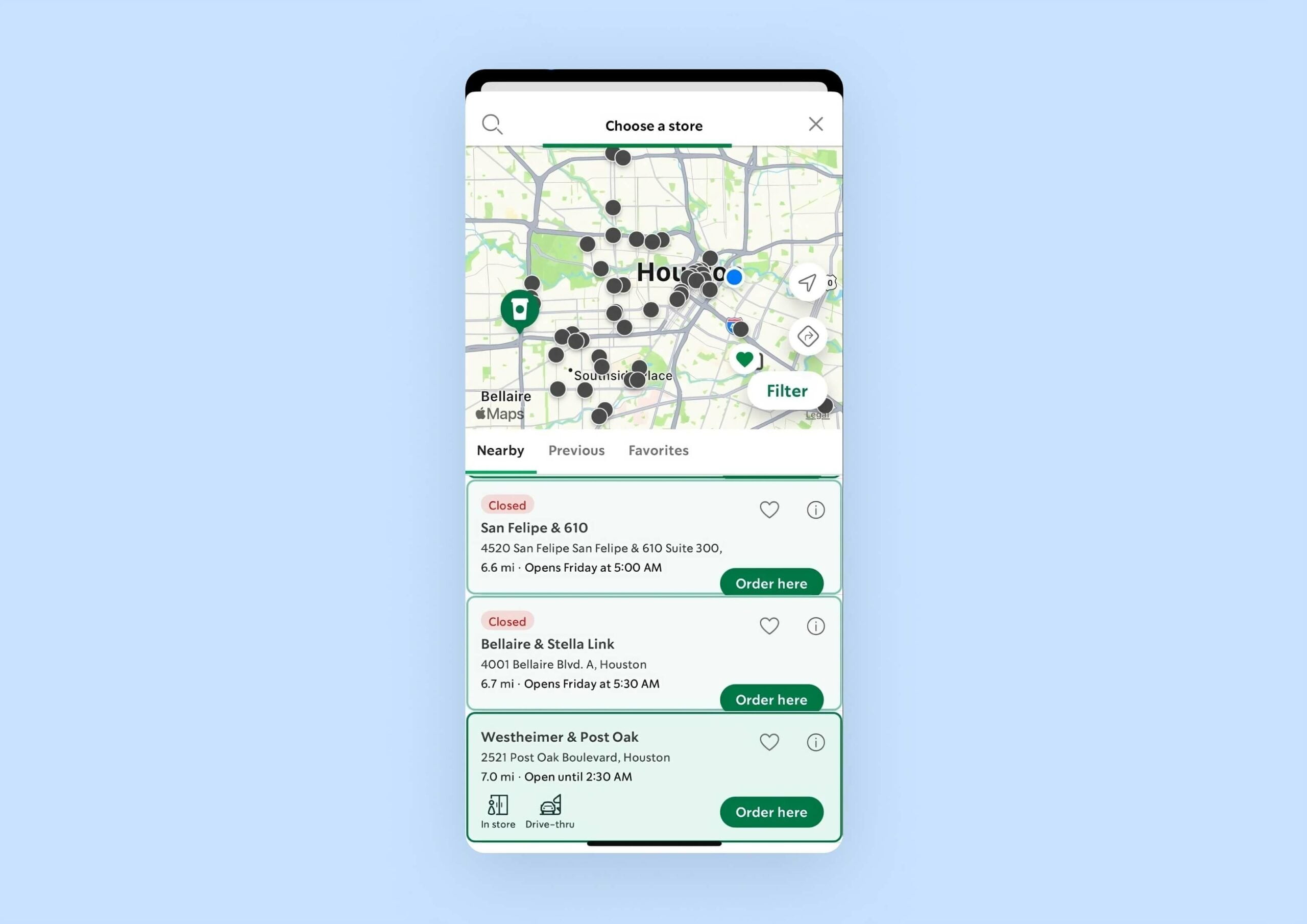The rise of on-demand service apps has transformed the way consumers access services in various sectors, from transportation to home services. In Agra, a city known for its rich cultural heritage and growing economy, there’s a significant opportunity to create an on-demand service app tailored to local needs. Whether you’re targeting home repairs, beauty services, food delivery, or transportation, building an effective app requires careful planning and execution. Here’s a comprehensive guide on how to build an on-demand service app for Agra’s local market.

Table of Contents
Toggle1. Identify Your Niche
The first step in building an on-demand service app is to identify the specific niche you want to target. Research the local market in Agra to determine which services are in high demand but underrepresented. Possible niches could include:
- Home maintenance services (plumbing, electrical work, cleaning)
- Beauty and wellness services (salons, spas, yoga instructors)
- Food delivery from local restaurants
- Transportation services (local taxis, auto-rickshaws)
- Tutoring or educational services
Understanding your target audience’s needs will help you create a tailored solution.
2. Conduct Market Research
Once you’ve identified your niche, conduct thorough market research. This should include:
- Analyzing competitors: Identify existing apps in your chosen niche and evaluate their strengths and weaknesses.
- Understanding customer preferences: Use surveys, interviews, or focus groups to gather insights about what potential users want from an on-demand service app.
- Assessing pricing models: Investigate how competitors price their services and consider what would be attractive to your target market.
This research will help you refine your app concept and define unique selling points (USPs) that will differentiate your app.
3. Define Key Features
The success of your on-demand service app hinges on the features you offer. Here are some essential features to consider:
- User Registration/Login: Allow users to create accounts using email, phone numbers, or social media.
- Service Selection: Provide a clear listing of available services with detailed descriptions and pricing.
- Real-Time Tracking: Implement GPS tracking so users can monitor service providers’ locations and estimated arrival times.
- In-App Payments: Integrate secure payment gateways to facilitate cashless transactions.
- Ratings and Reviews: Enable users to rate services and leave feedback, fostering trust and transparency.
- Push Notifications: Keep users informed about service status, promotions, and updates.
- Admin Dashboard: Create a backend system for managing services, users, and analytics.
4. Choose the Right Technology Stack
Selecting the right technology stack is crucial for the development of your app. Consider the following components:
- Front-end Development: Use frameworks like React Native or Flutter for cross-platform compatibility, allowing you to reach both Android and iOS users.
- Back-end Development: Opt for robust back-end technologies like Node.js, Django, or Ruby on Rails to handle server-side operations.
- Database Management: Use databases like MongoDB, PostgreSQL, or MySQL to store user data, service details, and transaction records.
- APIs: Integrate third-party APIs for features like payment processing, location services, and notifications.
5. Design an Intuitive User Interface (UI)
A user-friendly interface is essential for the success of your app. Focus on:
- Simplicity: Ensure that the app is easy to navigate, with a clean layout and intuitive menus.
- Branding: Incorporate local cultural elements into your design to resonate with Agra’s audience. This could include colors, icons, or images representing the city.
- Accessibility: Design with accessibility in mind, ensuring that users of all ages and backgrounds can easily use the app.
6. Develop and Test Your App
Once you have a clear plan, it’s time to start development. Follow these steps:
- Agile Development: Use agile methodologies to build your app in iterations, allowing for flexibility and adjustments based on user feedback.
- Testing: Conduct thorough testing at each stage, including functionality, usability, performance, and security tests. Gather feedback from beta testers to identify areas for improvement.
7. Launch and Market Your App
With your app developed and tested, it’s time to launch. Consider the following marketing strategies:
- Local SEO: Optimize your app’s listing on app stores with relevant keywords to improve visibility.
- Social Media Marketing: Leverage platforms like Facebook and Instagram to promote your app, targeting local users with ads.
- Partnerships: Collaborate with local businesses and influencers to increase visibility and credibility.
- Referral Programs: Encourage users to refer friends by offering incentives or discounts.
8. Gather Feedback and Iterate
After launching your app, actively gather feedback from users to identify strengths and areas for improvement. Regularly update your app with new features, bug fixes, and enhancements based on user input. This will help maintain user engagement and satisfaction.
Conclusion
Building an on-demand service app for Agra’s local market presents a unique opportunity to address the specific needs of residents while tapping into the growing trend of digital services. By following these steps—from identifying your niche and conducting market research to developing a user-friendly app and implementing effective marketing strategies—you can create a successful platform that enhances the lives of Agra’s residents and drives your business forward. Embrace the potential of technology to connect local service providers with consumers, fostering a vibrant and accessible service ecosystem in Agra.


No responses yet